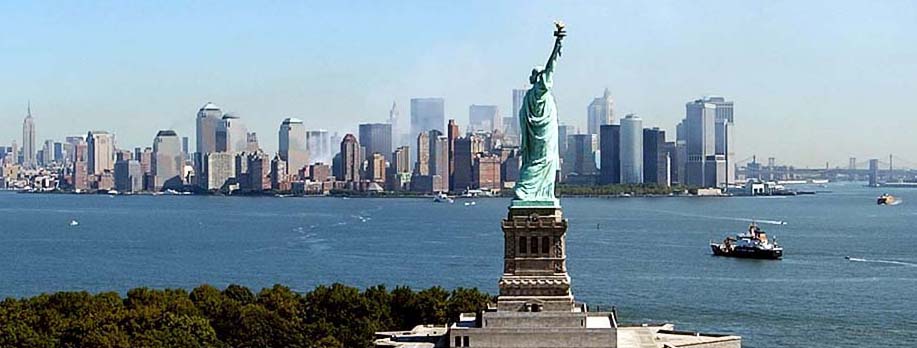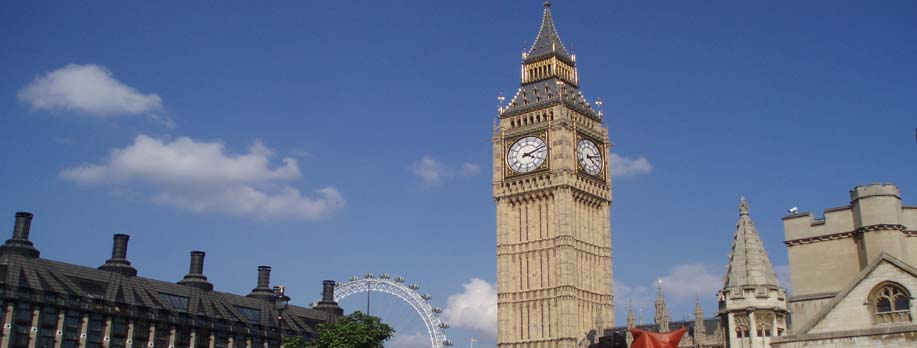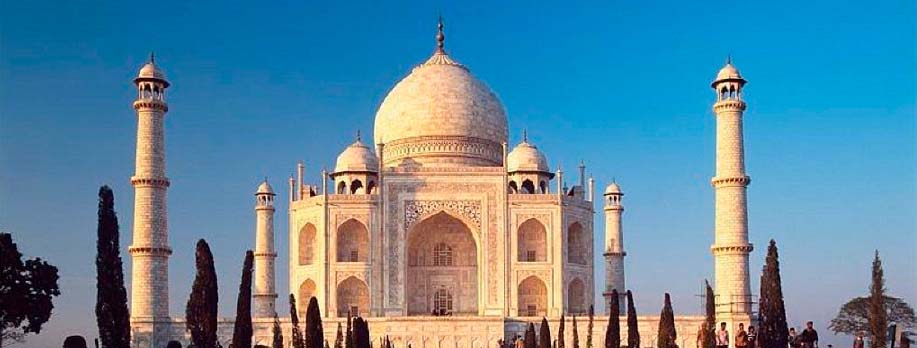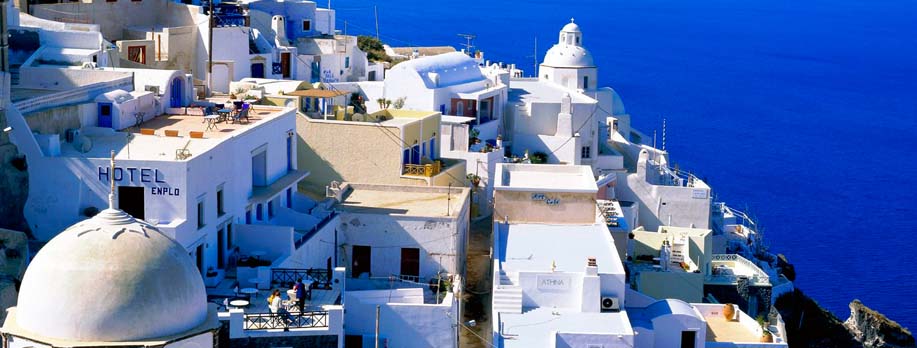|
Few places in the world are endowed with such rich cultural traditions as in this romantic city of Nawabs. Whether it is history, architecture, music, dance, handicrafts, etiquette, or sports—Lucknow has its own story to tell. Surprisingly, the story of Lucknow began not very long ago. Though the city traces its origin to the Suryavanshi dynasty of Ayodhya, it actually came into prominence during the 18th century. In 1732, Muhammad Shah, one of the later kings of the once-powerful Mughal dynasty, appointed Mohammad Amir Saadat Khan, a Persian adventurer of noble lineage, to the viceroyalty of the area known as Avadh, of which Lucknow was a part. Saadat Khan was the founder of the famous dynasty known as the Nawab Wazirs—a dynasty which changed the face of this hitherto little-known place. Under his successors, Lucknow flowered as never before and all but became the cultural nerve centre of Northern India. The rapid growth of Lucknow dates from 1755 when the fourth Nawab, Asaf-ud-Daula transferred the capital of Avadh from Faizabad to Lucknow and began constructing some splendid architectural marvels, a tradition that was sustained by this successors. During this period, Lucknow also established its pre-eminent place in the field of poetry, music and dance. A colourful local culture, incorporating fairs and festivals also flourished alongside. However, what set apart Lucknow from other cities of the time was a certain elegance and grace of lifestyle. In fact, even today the city breathes history, and the sound of laughter and music, the tinkling of ankle bells and the mellifluous rendering of Urdu poetry (shairi) still echo and reverberate through the long corridors of time. As you wander through the city, you will encounter a kind of refined courtesy that seems to belong to another age. |











